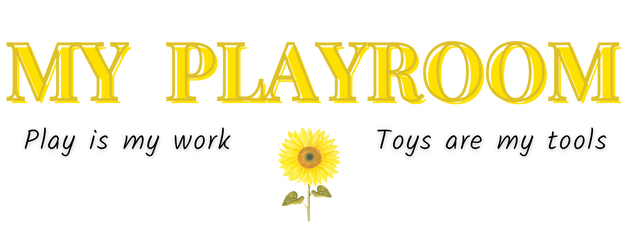In childhood play, building blocks have long been a staple for fostering creativity, spatial awareness, and fine motor skills. However, in recent years, magnetic tiles have emerged as a popular alternative, offering a unique twist on traditional block play. But which option is better for your child's development? Let's delve into the debate between magnetic tiles and traditional building blocks to determine which reigns supreme.
Understanding Traditional Building Blocks:
Traditional building blocks come in various shapes, sizes, and materials, typically made of wood or plastic. From classic wooden blocks to colourful plastic bricks, these toys have been cherished for generations as tools for imaginative construction. Building with blocks encourages children to explore concepts, such as balance, symmetry, and gravity while honing their problem-solving skills.
The Rise of Magnetic Tiles:
In contrast, magnetic tiles are a relatively modern addition to the toy market. Comprised of geometric shapes with embedded magnets, these tiles snap together easily, allowing children to create intricate structures without the limitations of gravity. These tiles offer a unique sensory experience, as children feel the satisfying click when pieces connect. This tactile feedback can enhance engagement and provide a sense of accomplishment with each creation.
Comparing Developmental Benefits:
Both magnetic tiles and traditional building blocks offer valuable developmental benefits for children:
- Spatial Awareness: Both toys help children develop spatial reasoning skills as they manipulate shapes and envision three-dimensional structures. Traditional blocks encourage experimentation with balance and stability, while magnetic tiles introduce concepts of magnetic attraction and repulsion.
- Fine Motor Skills: Building with blocks requires precise hand-eye coordination and manipulation of small objects, which helps children refine their fine motor skills. Magnetic tiles offer a different tactile experience, requiring children to align magnets for proper connection, thus strengthening dexterity and hand strength.
- Creativity and Imagination: Both toys foster creativity and imagination by providing an open-ended platform for construction. Traditional blocks encourage free-form building and imaginative storytelling, while magnetic tiles offer versatility in design with the added element of magnetism, sparking new ideas and innovations.
- Cognitive Development: Through trial and error, children learn problem-solving skills and logical reasoning while building with both types of toys. Traditional blocks promote sequential thinking as children plan and execute their designs, while magnetic tiles introduce concepts of polarity and magnetic fields, stimulating scientific inquiry.
Choosing the Right Option for Your Child:
When deciding between magnetic tiles and traditional building blocks, consider your child's preferences, interests, and developmental needs:
- If your child enjoys tactile experiences and the satisfaction of magnetic connections, magnetic tiles may be the ideal choice.
- If your child prefers the classic feel of wooden or plastic blocks and thrives on open-ended play, traditional building blocks may be more suitable.
- Consider rotating between both types of toys to provide variety and stimulate different aspects of your child's development.
The debate between magnetic tiles and traditional building blocks is no clear winner. Both options offer valuable developmental benefits and hours of engaging play. Whether your child is drawn to the timeless appeal of building blocks or captivated by the magnetic magic of tiles, fostering creativity, problem-solving skills, and spatial awareness is key.
As you curate your child's playroom, consider incorporating both magnetic tiles and traditional building blocks to provide a diverse and enriching play experience. With My Playroom, you can create an environment where imagination knows no bounds, and learning is as limitless as the possibilities your child can build.

